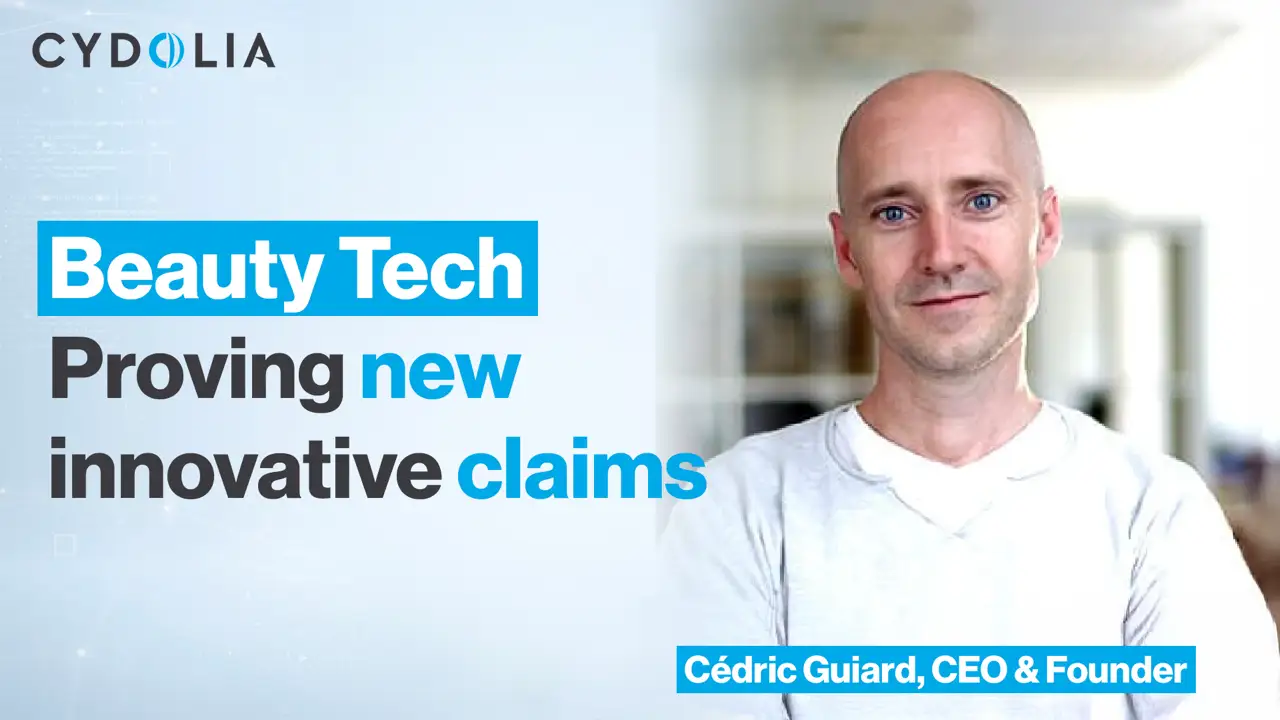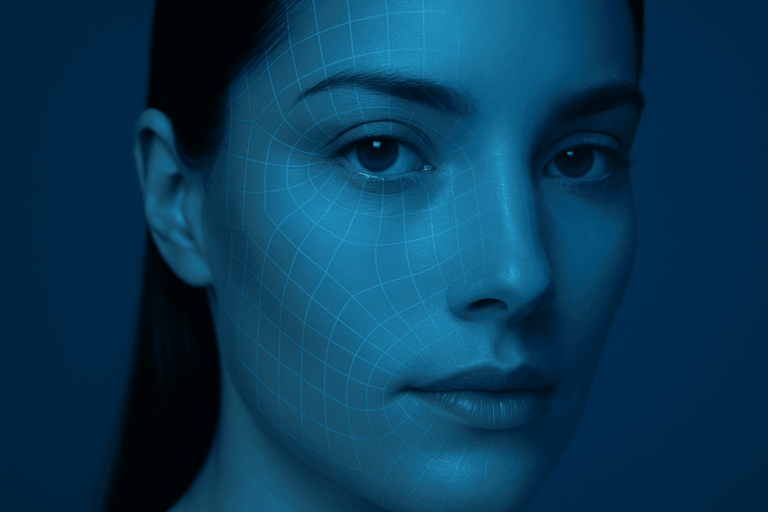This is the third part of a 4-part podcast series featuring Cédric Guiard, CEO of Cydolia, and Hugo Le Calvez, CMO of Cydolia. You can watch the full podcast here.
Hugo Le Calvez (CMO, Cydolia):
Cédric, you’ve explained that 3D efficacy studies are faster, more efficient, and more precise. But do these advancements also pave the way for new types of product claims and innovations in the cosmetics industry?
How 3D Technology Enables Innovative Claims
Cédric Guiard (CEO, Cydolia):
Absolutely, Hugo. 3D technology does more than streamline clinical studies; it unlocks new opportunities for product claims that weren’t previously measurable. This is possible because of the detailed 3D models we create, which characterize all the physical properties of a volunteer’s skin at different states during the study.
For example, our system can define standard descriptors like skin tone uniformity, roughness, or radiance. But it doesn’t stop there. By combining these individual properties, we can define entirely new descriptors—like the uniformity of product application, its longevity over time, or even dormant spots that are currently invisible but could evolve with age.
The Role of 3D in Establishing New Standards
Cédric:
Our evaluation framework doesn’t just stop at measuring; it redefines how product claims can be substantiated. For instance, we can support innovative claims with robust scientific evidence, setting new “gold standards” for the industry.
A great example is when brands want to highlight the precision of product effects over time. Traditional methods struggle to quantify this, but our 3D reconstructions allow for highly accurate, reproducible measurements that leave no room for doubt.
Additionally, we collaborate with clients on scientific publications to ensure their claims are backed not only by data but also by credibility in both legal and scientific contexts.
New Possibilities for Cosmetic Claims
Hugo:
This ability to create entirely new descriptors and validate them scientifically sounds like a game-changer. Could you give an example of how this might work for a brand’s innovation?
Cédric:
Certainly. Imagine a brand developing a product designed to improve the longevity of foundation coverage throughout the day. Traditionally, this claim might rely on subjective observations or consumer feedback.
With our 3D models, we can measure how uniformly the product remains applied over time, even after environmental stressors like heat or sweat. This gives brands a quantifiable, visual proof point to substantiate their claims and market their product with confidence.
Conclusion
Hugo:
Thank you, Cédric, for explaining how 3D technology is not only speeding up efficacy studies but also enabling brands to push the boundaries of innovation and claims substantiation.
Cédric:
Thank you, Hugo. It’s exciting to see how our technology is shaping the future of cosmetics testing and communication.
Hugo:
Thank you to our listeners for tuning in. Join us next time for the final part of this series, where we explore how 3D technology revolutionizes cosmetic brand communication.





